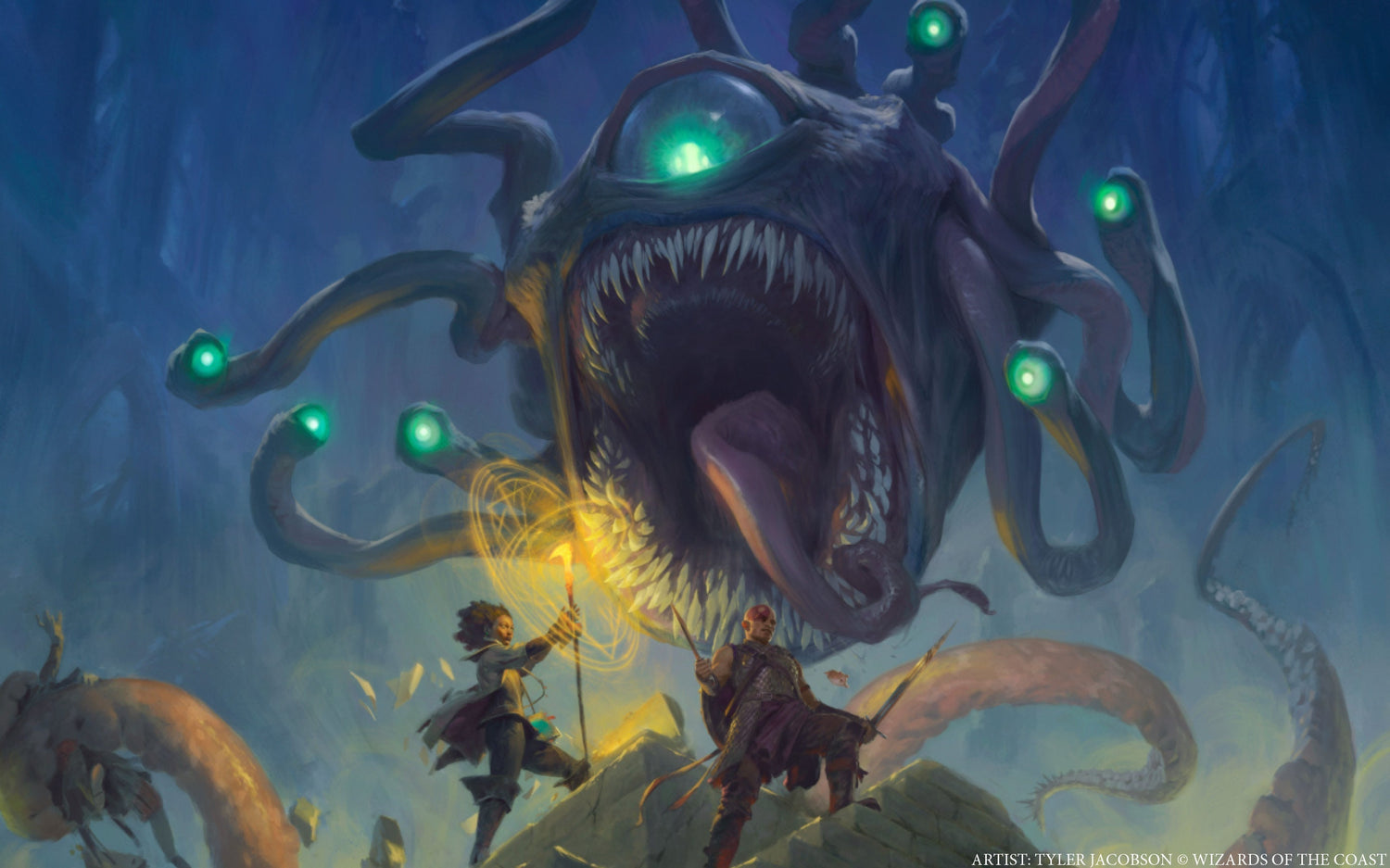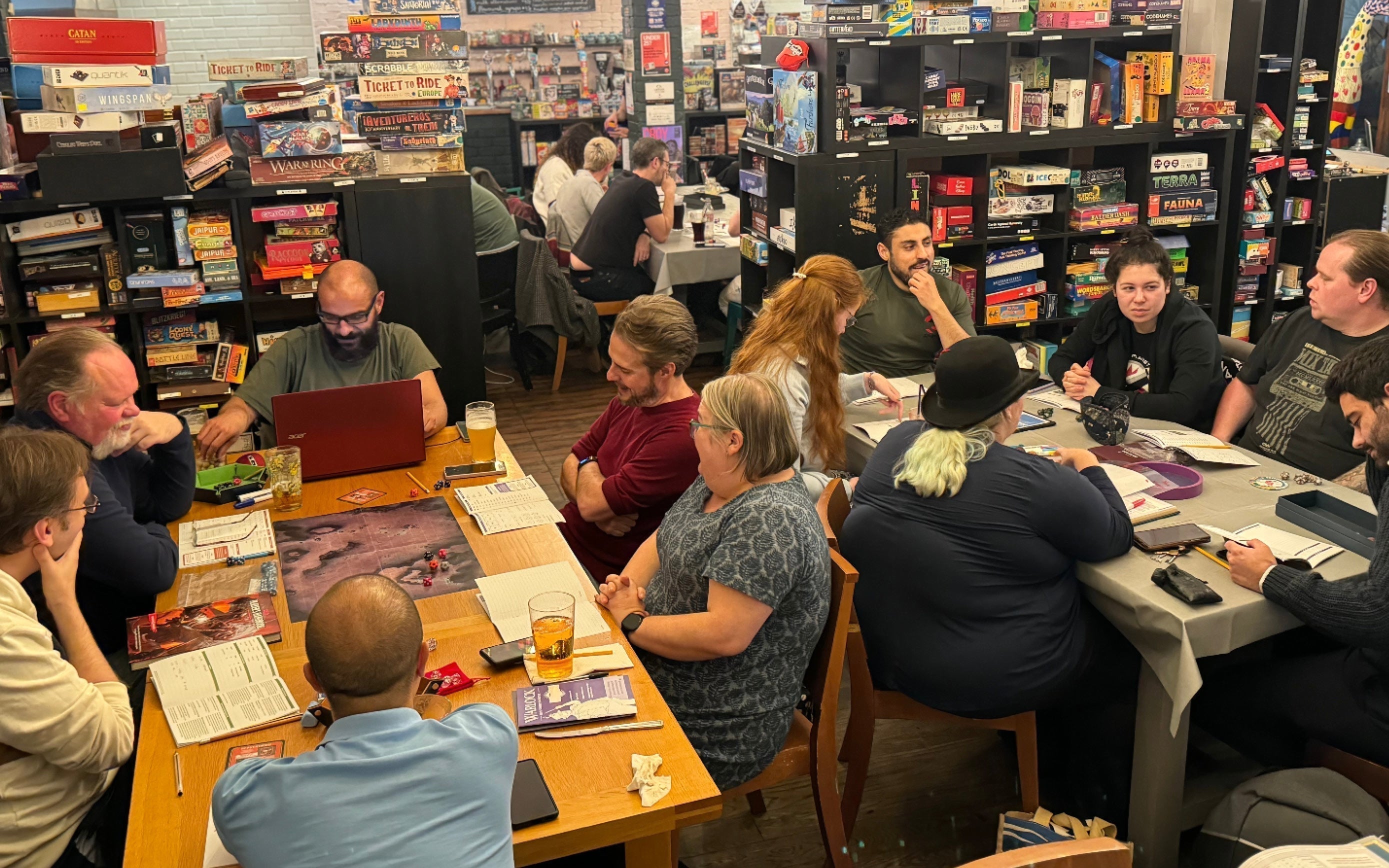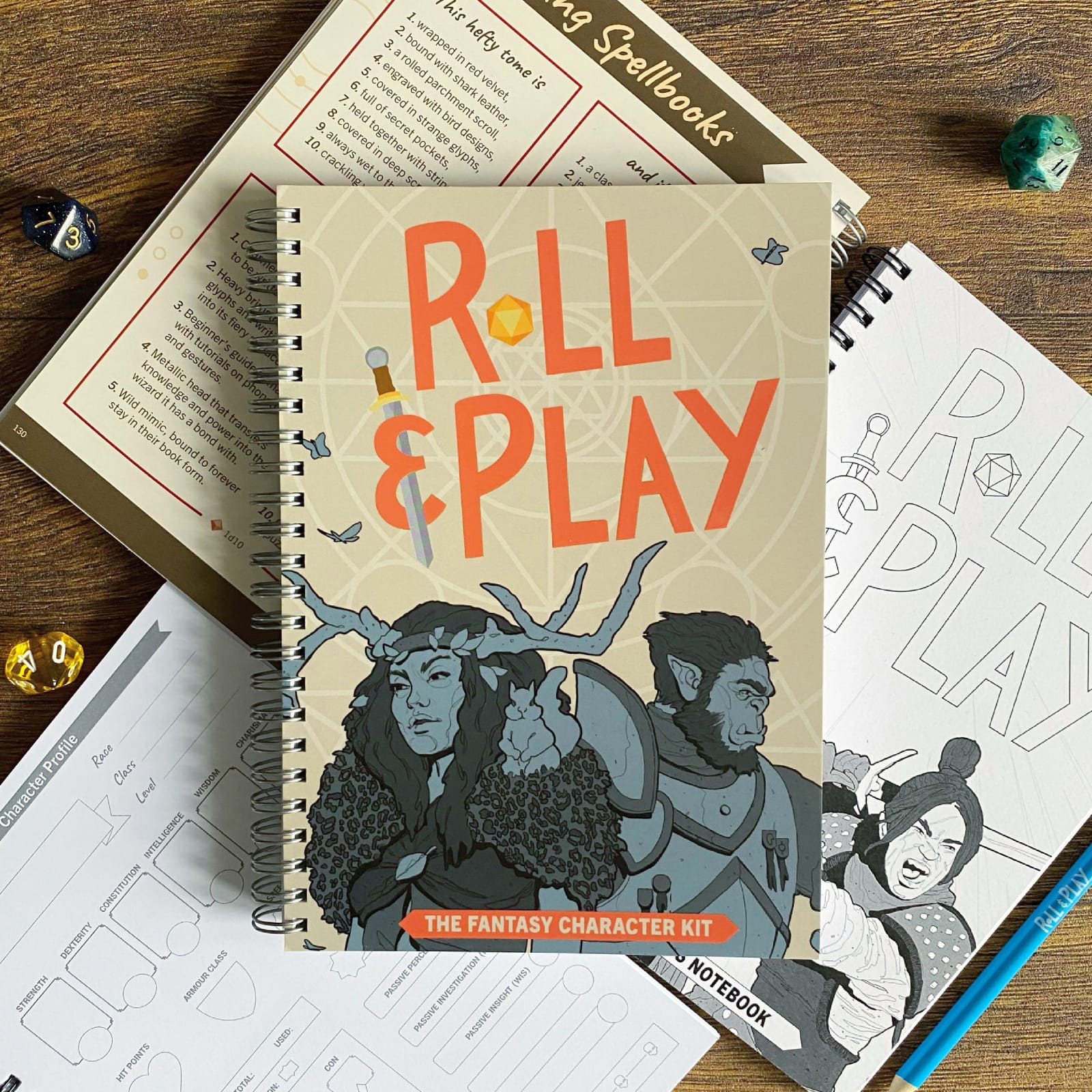The release of a new Monster Manual is a huge moment for any game master! After all, the players get their characters, but the monsters are ours and ours alone. As someone who has spent years using the 2014 Monster Manual, I was excited to see what Wizards of the Coast had in store. Now that I’ve had time to sit with the new book, here are my thoughts.

Biggest Wins
Challenge Rating Depth
One of the biggest improvements is the range of challenge ratings (CRs) for most monster types – finally! Need a mid-level Vampire? Use a CR 8 Nightbringer. Need a high-level Fey? May I introduce you to the CR 21 Arch-Hag. Because of this, if I want to run a campaign with a single monster type as the central threat, I have options. Take Bandits for example:
- Bandit (CR 1/4) – Standard foot soldiers
- Bandit Captain (CR 2) – Veteran leaders
- Bandit Deceiver (CR 7) – Spellcasting schemers
- Bandit Crime Lord (CR 11) – Big bad mob bosses
Most of the monster types in the book now come with this bigger range, making it much easier to design long-running campaigns around a single faction or theme.
New Artwork
Almost every single monster in the book has its own art – that's a massive undertaking, but it really pays off, this new Monster Manual is beautiful. It's also nice to see some updated designs to some of the creatures, here are some of my favourite changes:
- Dragons have unique anatomical distinctions beyond just colour difference.
- The fiends and undead definitely look scarier throughout.
- Stone giants now have striated skin, like layers of rock.
- Each genie has a completely different elemental feel.
- Gender diversity in many of the monsters, like ogres, satyrs, hags and medusas.
Streamlined Stat Blocks
Some stat block tidying was needed. When you're running three different kinds of monsters in an encounter with four players... things can get complicated for a game master. So, I was thankful to see that many monster abilities and spells have been streamlined. Take the Mage for example:
- In 2014 they had a whopping 16 spells each with their own spell levels. Now, they have 9 well-thought-out spells that you're likely to use in combat. And, instead of spell levels, they limit the use per day of more powerful spells.
- In 2014 the Mage had a (pretty useless) Dagger attack, this has now been changed to a really cool Arcane Burst ranged attack, which is essentially an amped up Fire Bolt. This makes much more sense thematically.
- In 2014 the Mage's attack, defence and reactive spells were all held together in one big list of spells. Now, Counterspell and Shield are kept separate in the Reactions section, which makes them much easier to remember.
This is just one monster, but there are stat block changes throughout the 2024 Monster Manual that I'm excited about.

The Downsides
Editorial Order
The way that monsters are listed in the 2024 Monster Manual is, in some ways, more confusing than it was in the previous edition.
In the 2014 Monster Manual, monster types were grouped together, e.g. all Giants were under G and all Dragons were under D. In 2024, while some monster types are grouped together, like all Animated Objects under A, and all Skeletons under S, others aren't. Hill Giants are under H and Black Dragons are under B. I would have preferred if they stuck with the 2014 way of grouping monsters.
Game masters who mostly use D&D Beyond won't find this a problem, as they can use the search function, but anyone using a physical book will find themselves tripping over where they expect monsters to be in the book.
Art Inconsistency
Earlier, I said I loved the art, and I do. The artists have done an absolutely fantastic job in bringing each monster to life. However, what I found jarring while flicking through is the inconsistency in art styles.
Most of the art has a gorgeous, photo-realistic feel to it (like the artwork featured in this blog post), but there are a handful of pieces throughout the book that have a more cartoony feel or comic book styling. I think it could have made for a more cohesive book if the art styles matched throughout.

Things That Shocked Me
Creature Reclassification
Have you heard the news? Humanoids are so last edition! A significant portion of the monsters in the 2014 Monster Manual landed in the Humanoid category; this time around, Wizards of the Coast have shuffled the deck. Here are some notable Humanoid changes:
- Aarakocra → Elementals
- Goblins → Fey
- Gnolls → Fiends
- Kobolds → Dragons
- Lizardfolk → Elementals
- Jackalweres → Fiends
- Kenku → Monstrosities
- Merfolk → Elementals
It feels strange at first but, after seeing the lore changes, it actually makes sense and could grow on me.
Instead of Aarakocra being just a birdfolk race, they are now described as beings who carry the essence of the Elemental Plane of Air, and their stat blocks are crammed with thematic magic like Feather Fall and Lightning Bolt. Likewise, Goblins have moved away from being one of the many fantasy races available to players, and are now fey trickster beings who hex and jinx their foes.
Removal of Classic Monsters
Another big shift – Orcs, Drow, Deep Gnomes and Duergar don't have stat blocks anymore! Instead, game masters are given a ton of general Humanoid stat blocks that can be used for any species. There's a handy 2014 Monster Manual converter at the back of the new book, so if you're looking for like-for-like swaps, here's some that they suggest:
- Drow Mage → Bandit Deceiver
- Deep Gnome → Scout
- Orc → Tough (which used to be named Thug)
- Duergar → Spy
This will take some getting used to. When planning an encounter, instead of just flipping to the Orc stat block, I now need to remember to look for one of the general Humanoid stat blocks (like Druid, Pirate Admiral or Questing Knight). Time will tell whether the swap is successful and adds depth to world-building, or if it leads to some confusion for game masters.

Final Verdict
Like the 2024 Player’s Handbook and 2024 Dungeon Master’s Guide, the new Monster Manual isn’t a complete overhaul – it feels very much like a refinement (and dare I say it, even an upgrade). I genuinely think my encounters could be more layered and interesting with these changes. Some of the changes, like the inconsistent grouping and varying art styles, could have been better – however, for me, the improvements outweigh the downsides:
✅ Expanded CR ranges
✅ More monster variety
✅ Streamlined stat blocks
✅ Stunning new artwork
❌ Inconsistent monster grouping
❌ Art style clashes
I can’t wait to use these creatures at my table and see how these changes shape my games over time. What are your thoughts? Jump into our Discord and let me know!



